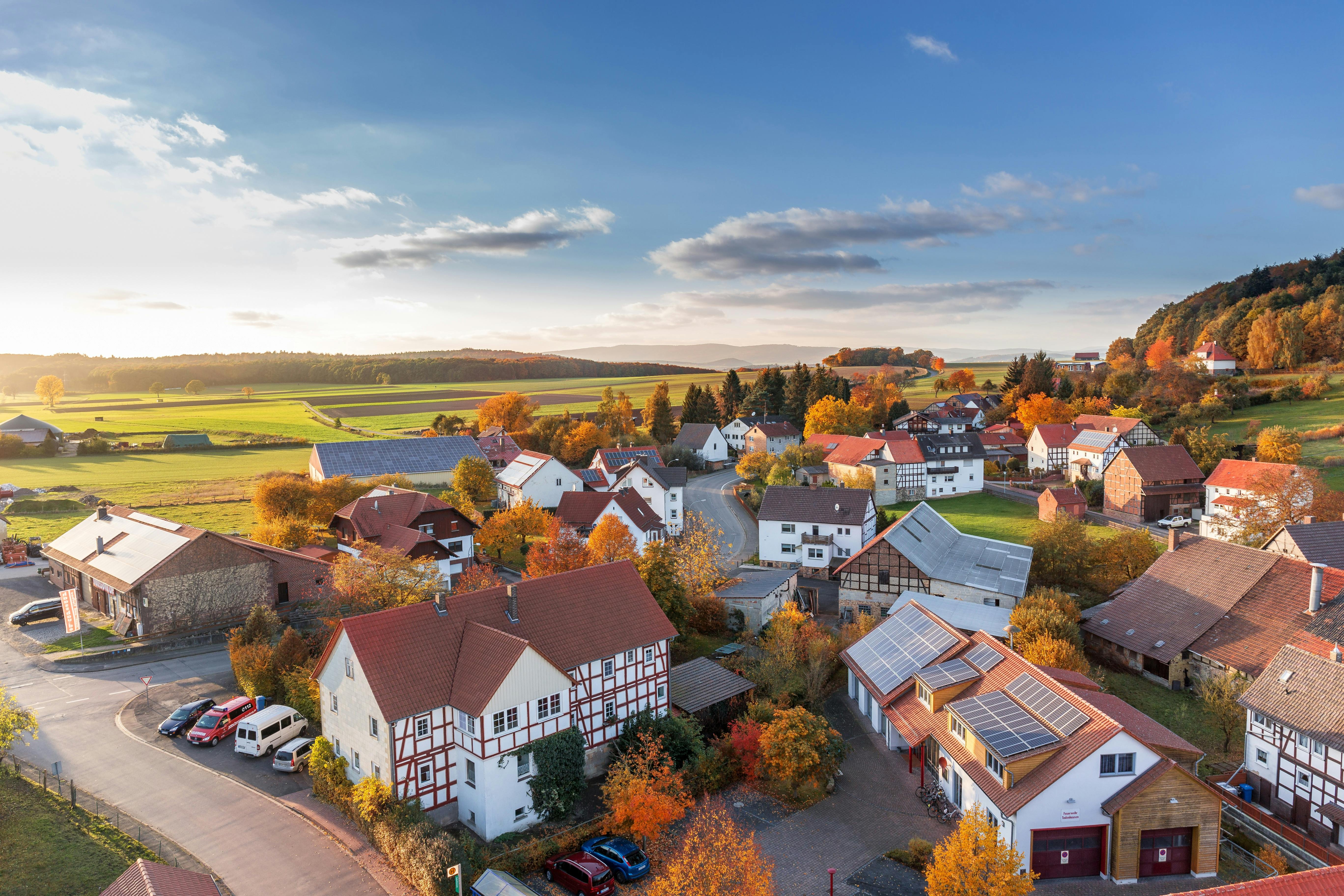Automatic Irrigation Explained: Components, Setup, and Cost Factors
Automatic irrigation systems make it possible to maintain healthy lawns and gardens with less manual effort. By controlling water flow and timing, these systems help deliver consistent watering while reducing waste. This article explains how automatic irrigation works, the components involved, and factors to consider when selecting or maintaining a system. Whether for residential or commercial use, understanding these systems can support long-term landscape care and water efficiency.

How Automatic Irrigation Systems Work
Automatic irrigation systems operate through a network of interconnected components that work together to deliver water on predetermined schedules. The central control unit, typically called a timer or controller, serves as the system’s brain, managing when and how long water flows to different zones. Water travels from the main supply through a series of pipes, valves, and distribution devices such as sprinklers, drip emitters, or soaker hoses.
Modern systems often incorporate soil moisture sensors that measure ground water content and weather stations that adjust watering schedules based on rainfall and temperature data. These smart features prevent overwatering during wet periods and increase irrigation during drought conditions. The system’s automation reduces labor requirements while maintaining consistent watering patterns that promote healthy plant growth and maximize water efficiency.
Benefits of Automatic Irrigation for Homeowners
Homeowners who install automatic irrigation systems experience significant advantages in lawn and garden maintenance. These systems provide consistent watering schedules that eliminate the guesswork and manual labor associated with traditional sprinklers or hand watering. Plants receive optimal moisture levels, leading to healthier growth, better flowering, and increased property curb appeal.
Water conservation represents another major benefit, as automatic systems can reduce water usage by 20-50% compared to manual watering methods. Smart controllers adjust watering based on weather conditions, preventing waste during rainy periods. The convenience factor cannot be overstated – homeowners can maintain beautiful landscapes while traveling or managing busy schedules, as the system operates independently once properly programmed.
Factors to Consider When Choosing an Irrigation System
Several critical factors influence the selection of an appropriate automatic irrigation system. Property size and layout determine the number of zones needed and the type of distribution method most suitable for different areas. Soil type affects water absorption rates and drainage requirements, with clay soils needing less frequent but longer watering sessions compared to sandy soils.
Plant varieties and their specific water requirements must be evaluated, as drought-tolerant native plants need different irrigation approaches than water-hungry vegetables or exotic flowers. Local climate conditions, including rainfall patterns, humidity levels, and seasonal temperature variations, influence system design and programming. Water pressure and source capacity determine the size and type of components that can be effectively operated. Budget considerations encompass both initial installation costs and ongoing maintenance expenses, making it essential to balance desired features with financial constraints.
| System Type | Provider/Brand | Cost Estimation |
|---|---|---|
| Basic Timer System | Rain Bird, Hunter | $200-$800 |
| Smart Controller | Rachio, RainMachine | $150-$400 |
| Drip Irrigation Kit | DripWorks, Netafim | $100-$500 |
| Professional Installation | Local contractors | $2,500-$5,000 |
| Zone Expansion | Various suppliers | $300-$800 per zone |
Prices, rates, or cost estimates mentioned in this article are based on the latest available information but may change over time. Independent research is advised before making financial decisions.
Professional installation costs vary significantly based on property size, system complexity, and regional labor rates. Basic residential systems covering small to medium yards typically range from $2,500 to $5,000 including materials and labor. Larger properties or those requiring extensive landscaping modifications can cost $8,000 to $15,000 or more. DIY installation reduces costs substantially but requires technical knowledge and proper planning to ensure effective operation.
System Components and Installation Requirements
Essential components include controllers, valves, pipes, fittings, and water distribution devices tailored to specific applications. Controllers range from simple mechanical timers to sophisticated smart devices that connect to weather services and smartphone apps. Solenoid valves control water flow to individual zones, while backflow preventers protect the main water supply from contamination.
Installation involves careful planning of zone layouts, trenching for underground pipes, and proper electrical connections for controllers and valves. Most systems require permits and inspections to ensure compliance with local building codes and water regulations. Professional installers assess water pressure, design appropriate pipe sizing, and program controllers for optimal performance based on landscape requirements and local conditions.
The investment in automatic irrigation systems pays dividends through water savings, improved plant health, and increased convenience. Property owners should evaluate their specific needs, research available options, and consider both immediate costs and long-term benefits when selecting and installing these valuable agricultural and landscaping tools.




